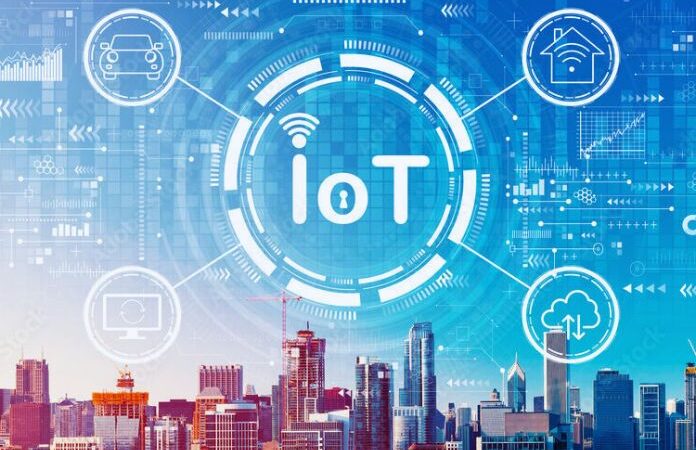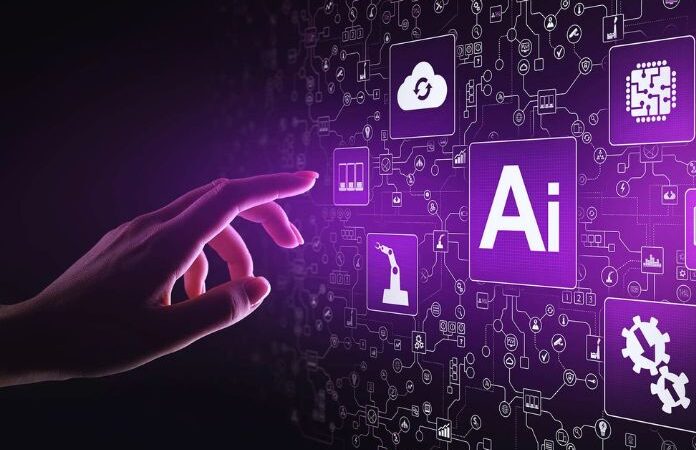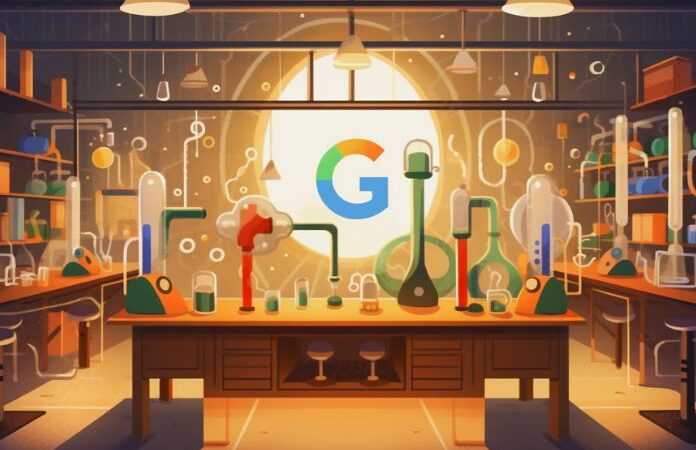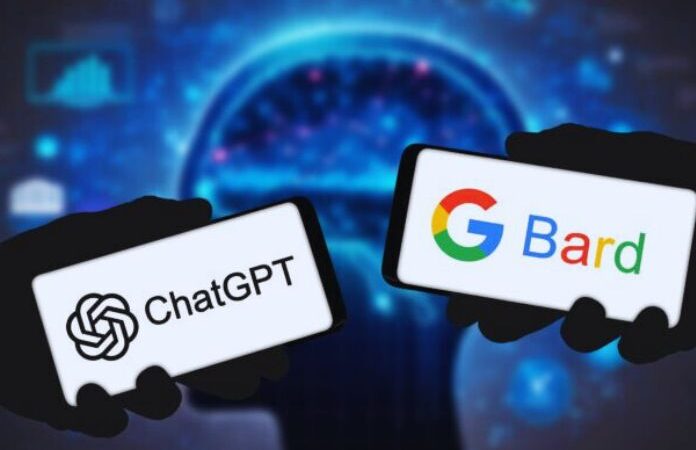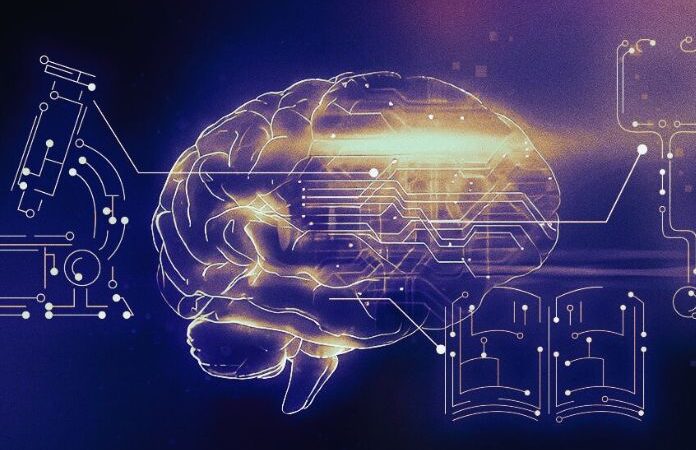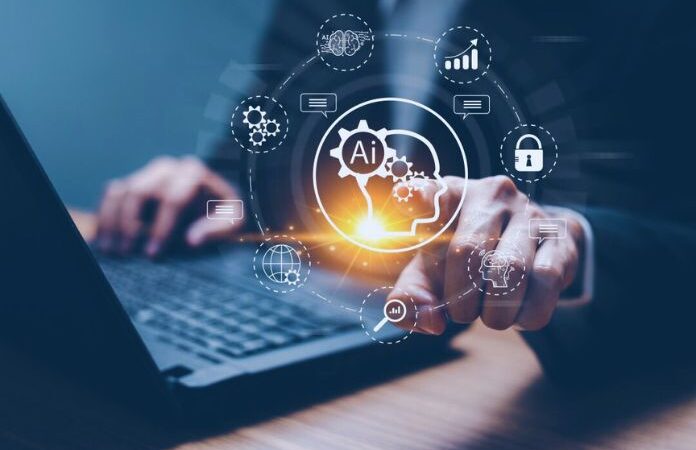What Is The Internet OF Things Used For?
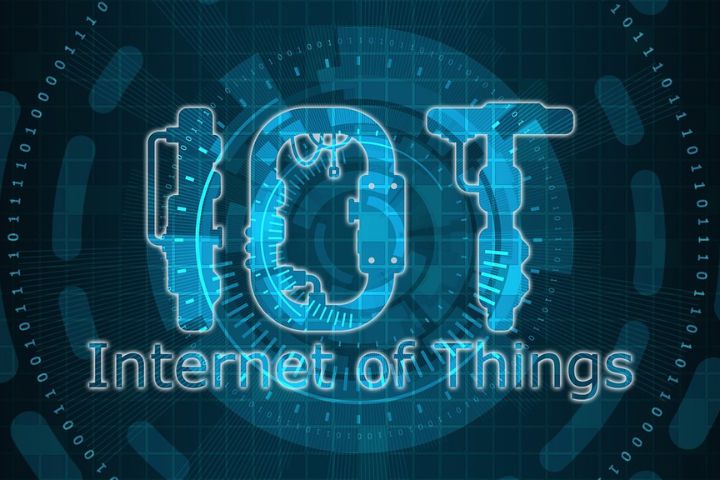
In this technological world, where advances are unstoppable, dreaming of the autonomy of things, of the objects that we use every day, is not something so strange or distant. Internet of Things, also known as IoT (Internet of Things) or M2M (Machine to Machine), is managing to develop applications.
Table of Contents
What Is The Internet Of Things?
Internet of Things is an idea of our world, which aims to achieve a closer relationship between ourselves and objects. As its name suggests, it involves connecting things to the Internet, as well as making everything more interactive
This automation of objects, which until recently sounded like science fiction, is now possible. For example, it would be the well-known house of the future. A home in which the heating starts working shortly before we get home or where the refrigerator can analyze everything it has inside and make the purchase itself online so that it can be brought home to us.
How Does The Internet Of Things Work?
Internet of Things is about converting everyday objects into sources of information that are connected to the network. In the business world, it can be from sensors in production silos, which notify us of the level of certain raw material and which allows automatic orders for certain levels from an intelligent system, or the GPS itself incorporated in smartphones that allows recording the delivery routes and to be able to plan more efficient routes.
If technology enables computers to transmit information with the elements of real life, the significance maybe even greater than the digital revolution. If they managed to apply everything they have proposed, it could mean not only a technological transformation but also an economic and social one.
What Are The Utilities Of The Internet Of Things?
Many people wonder to what extent this new technology can be truly useful. The control of urban infrastructures is one of the main applications of the Internet of Things. Well, known are the different Smart Cities projects that are developed in major cities around the world, to automatically govern the life of cities and make them more sustainable, with systems that allow.
For example, to improve the traffic of a city. just by knowing the number of vehicles that are circulating at that moment or controlling railways, bridges, etc. Also controlling environmental control has been one of the big winners’ sectors. This new technology allows something as simple as knowing the weather outside, to predict and warn of a catastrophe such as an earthquake and take action on it.
The Internet of Things has developed to such an extent that the United Nations International Telecommunications Union (ITU) has drawn up a series of rules on how to apply it in cities. But as we have already advanced, it has been the mass production industry that has found the greatest benefit in the Internet of Things. Currently, production processes have systems capable of controlling each stage of manufacturing.
The industry has all kinds of robots, in addition to motion and temperature sensors or control systems, which are connected to the Internet, thus making them more autonomous. All of this allows companies to reduce costs, accelerate processes and make greater use of technological resources. Thus, with the automation of systems and production, if an incident previously involved the displacement and repair by an operator, now it could be repaired from the same office utilizing a computer, thus reducing costs and times. Internet of Things walks together with the industry towards the company of the future.
Also Read: What Is Google Nest Mini?

